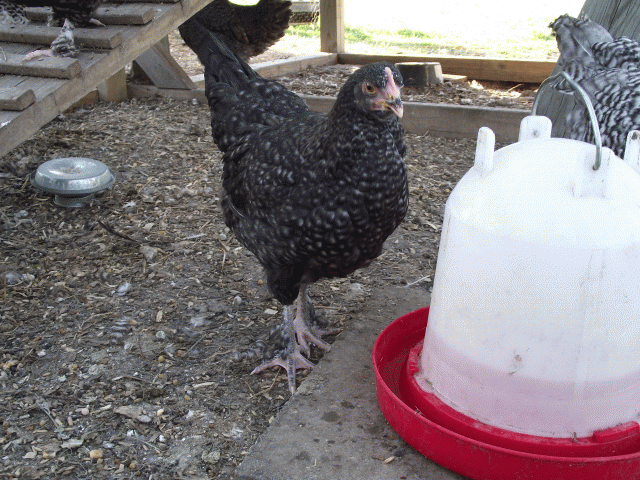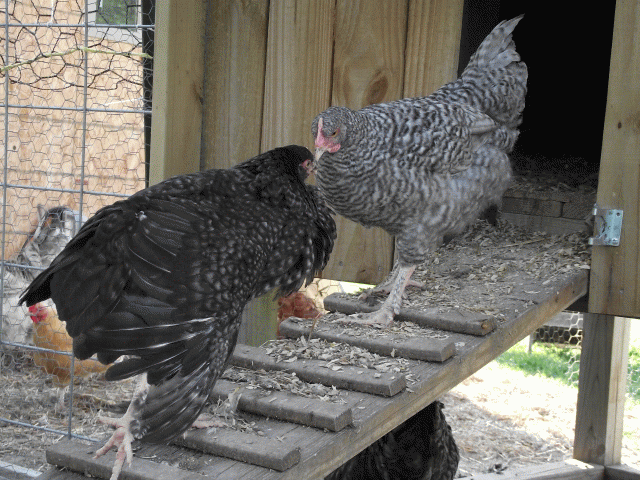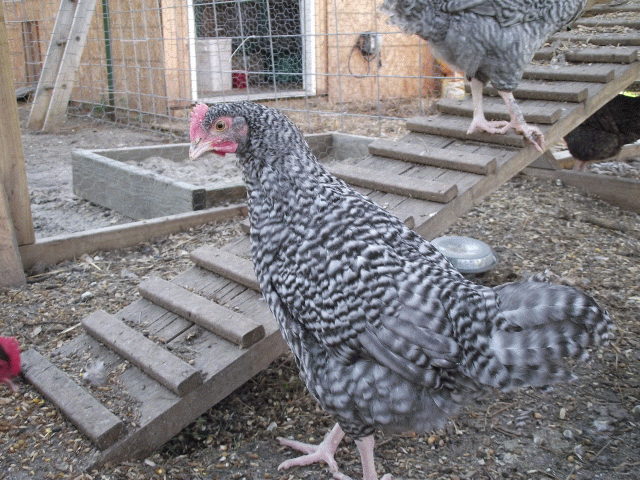Quote:
Thanks for asking about the baby - he's doing great. A super efficient nurser, and sleeps pretty well too. After our first was colicky, I didn't know what to expect... and I've been thinking lately - Oh, so this is what most newborns are like! DW is doing great too, a much faster recovery than last time - less stairs, and less stress in nursing/putting to sleep. Just bathtime and changing is stressful for the new guy - he's a lean one like me, and doesn't like being cold!
So about Cuckoo or Silver Cuckoo and Birchen. Here's the thing. Even an Extended Black based bird, without the proper melanizers will have some hackle color. An example is your average Black Star or Black sex-link. They look Birchen-ish because they are crossed to a breed that doesn't carry the same level of melanizers as the barred hen parent. So the question is, will the standard ask for clear hackle, or just lighter colored hackle? The unworked standard on the MCCUSA says slightly lighter. So this could be worked in a couple different ways. An overmelanized Birchen - your typical overdark BC hen shows it's not hard to get just a "slightly" lighter hackle. OR you select EE extended black based birds with lighter hackle, and breed out some of the melanizer for a lighter hackle. I have no idea what affect this will have on corresponding hens and roos. If a properly colored hen, with lighter hackle will then throw roosters with not enough black or with white feathers. It could be messy, creating a standard that doesn't require separate breeding pens for hens and roos. I'm sure there will be popular lines with very different genetic backgrounds, and that crossing them will cause some strange results. Even the Braden cuckoos are not bred for genetic consistency, as he states.












 e
e 






























